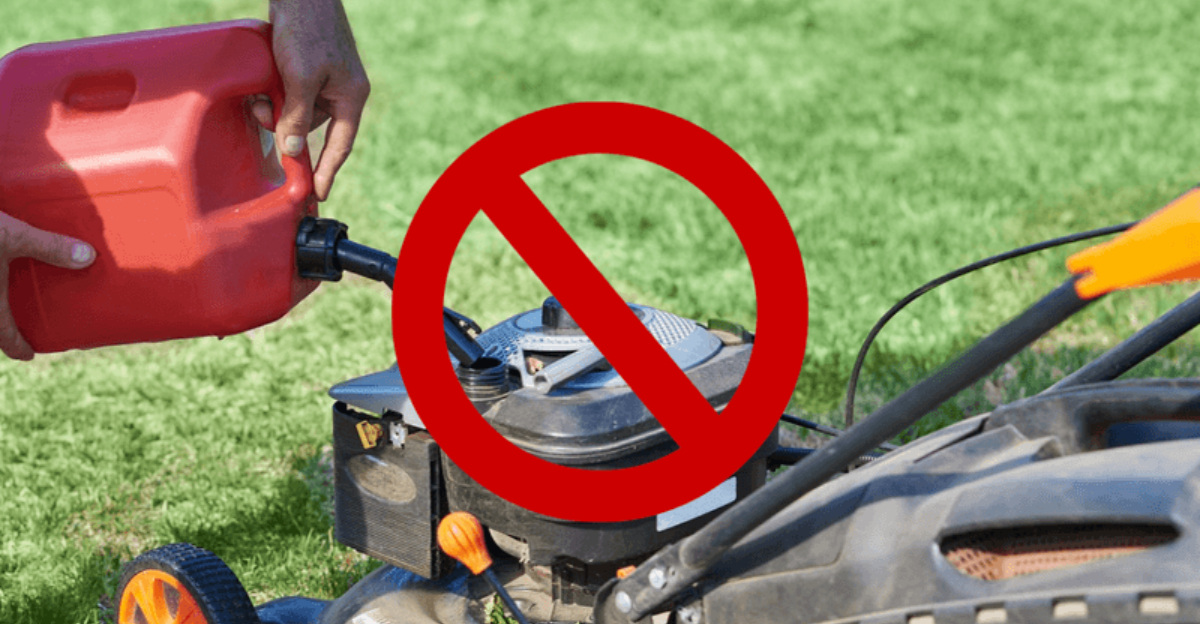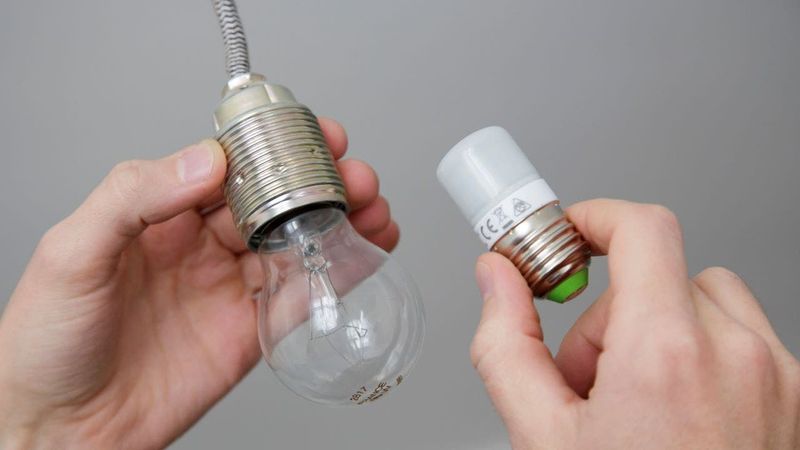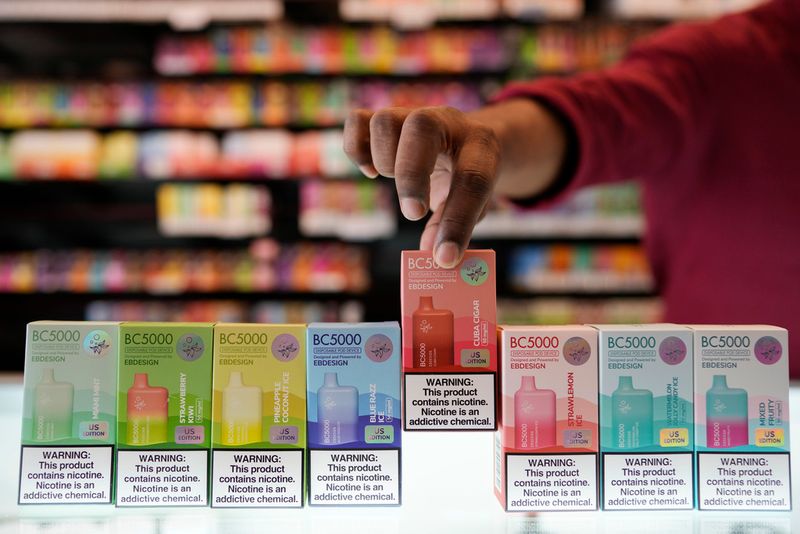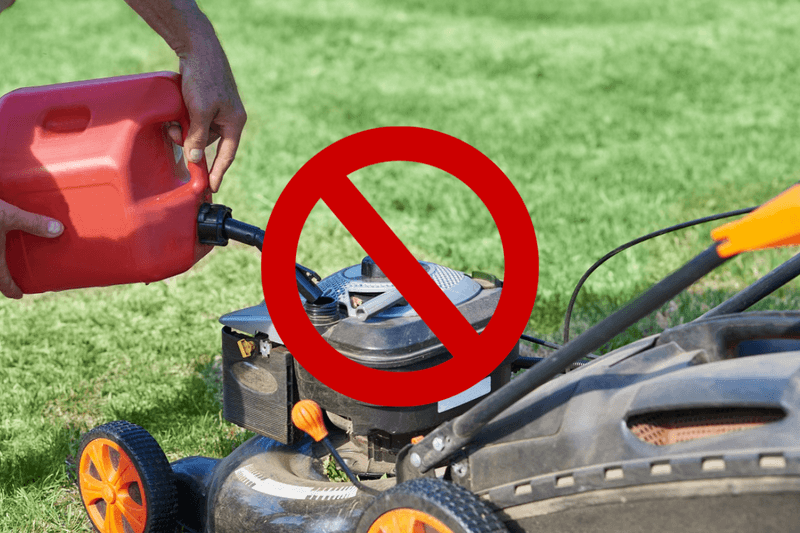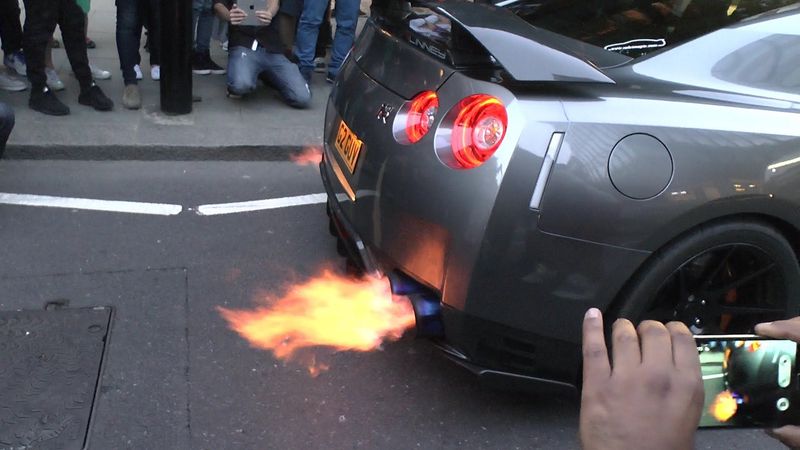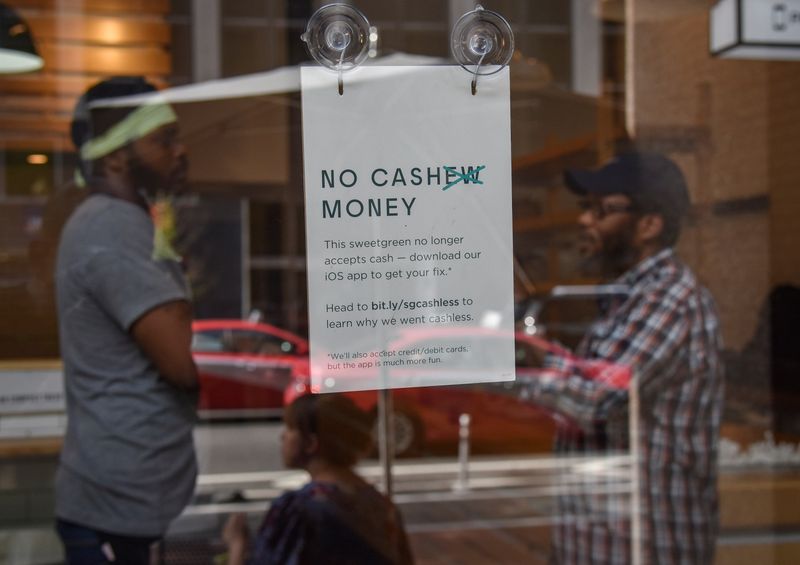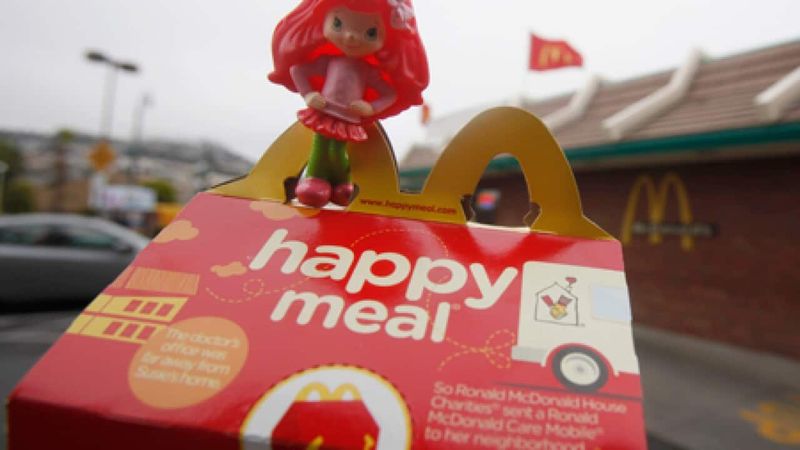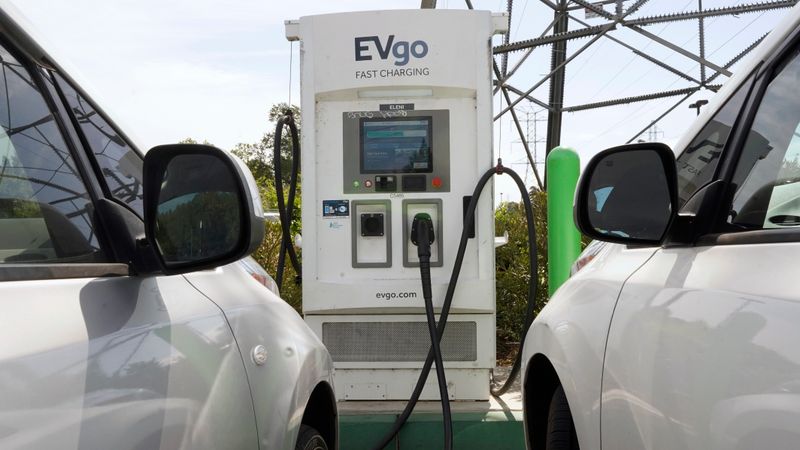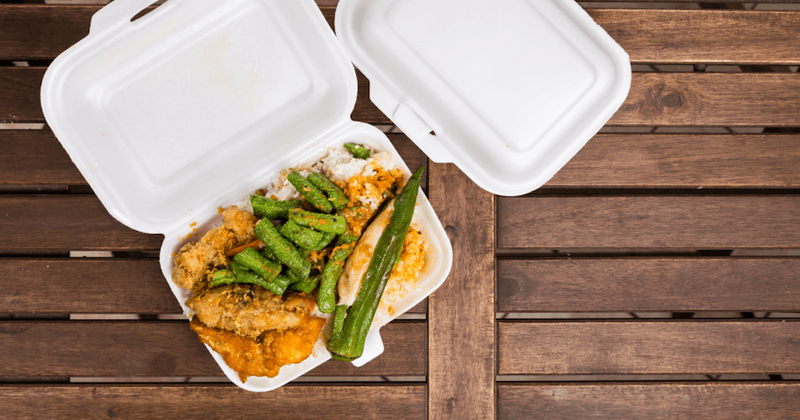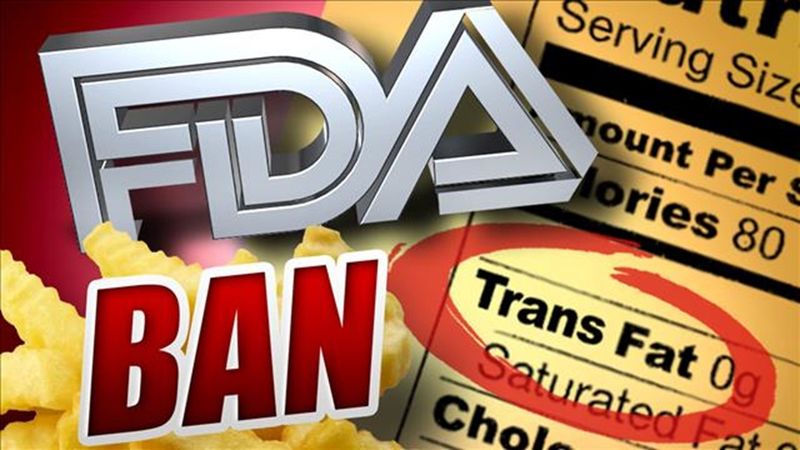Americans are witnessing a wave of restrictions on common household items and everyday conveniences. From the garage to the kitchen, many products we’ve long taken for granted are disappearing from store shelves due to new regulations. Some bans aim to protect the environment or public health, while others spark heated debates about personal freedom and government overreach. Here’s a look at familiar products that might soon become relics of the past.
1. Plastic Grocery Bags
Remember when cashiers asked “paper or plastic?” Those days are ending across America. Twelve states including New York, California, and New Jersey have outlawed single-use plastic bags that once fluttered from every shopping cart.
Shoppers now juggle reusable totes or pay extra for paper alternatives. The environmental motivation is clear—plastic bags take centuries to decompose and frequently end up in waterways, harming marine life.
While the transition caused initial grumbling, many consumers have adapted to the change. Some retailers offer bag credits or loyalty points for bringing reusables, turning environmental responsibility into a small financial incentive.
2. Incandescent Light Bulbs
The warm, yellowish glow of traditional light bulbs disappeared from store shelves nationwide in 2023. After years of phased restrictions, the federal government finally pulled the plug on most incandescent bulbs, pushing consumers toward energy-efficient LEDs.
Many homeowners miss the familiar warm light and inexpensive price tags of old-fashioned bulbs. The ban forces consumers to navigate confusing terms like “color temperature” and “lumens” instead of simply grabbing the familiar 60-watt bulb.
Despite higher upfront costs, LEDs last years longer and consume significantly less electricity—a typical household can save hundreds of dollars annually after switching all light fixtures.
3. Gas Stoves (in New Construction)
Home cooks passionate about flame-cooking face disappointment in several states. New York, California, and Washington have enacted bans on gas stove installations in new construction, citing indoor air pollution and climate concerns.
The restrictions apply primarily to new buildings, leaving existing gas stoves untouched—for now. Professional chefs have voiced particular concern, as many techniques rely on precise flame control unavailable with electric alternatives.
Induction cooktops represent the pushed alternative, offering energy efficiency and faster heating than traditional electric stoves. The technology uses magnetic fields rather than flames or heating elements, requiring compatible cookware and new cooking habits.
4. Disposable Vapes & Flavored E-Cigarettes
Colorful disposable vapes once dominated convenience store shelves but are vanishing in multiple states. California, Massachusetts, and New Jersey lead efforts against flavored vaping products, especially disposable varieties popular with teenagers.
Fruit and dessert flavors receive particular scrutiny, with critics arguing they specifically target young users. The FDA continues tightening federal restrictions, denying authorizations for many flavored products while health researchers investigate long-term effects.
Vape shops report dramatic business impacts in restricted states, with some closing entirely. Adult users complain that regulations intended to protect youth remove smoking alternatives that helped them quit traditional cigarettes.
5. Gas-Powered Lawn Equipment
Noisy lawnmowers and leaf blowers running on gasoline are getting the axe in multiple states. California leads the charge with a complete sales ban starting in 2024, while Colorado and Vermont are following suit with similar legislation.
The environmental impact drives these changes—a typical gas leaf blower produces more pollution in one hour than driving a car hundreds of miles. Manufacturers are pivoting to battery-powered alternatives, though many homeowners worry about power and runtime limitations.
The transition affects professional landscapers most severely, as they face costly equipment replacements and potential performance concerns with electric alternatives.
6. Modified Vehicle Components
Car enthusiasts face increasing restrictions on vehicle modifications across America. Performance exhaust systems that increase noise, excessively dark window tints, and certain suspension modifications fall under stricter enforcement in California, Texas, and other states.
Law enforcement conducts specialized operations targeting modified vehicles, issuing citations for non-compliant alterations. Sound ordinances particularly target loud exhausts that exceed decibel limits, with fines reaching hundreds of dollars.
The restrictions create tension between automotive culture and community concerns about noise pollution and safety. Aftermarket parts manufacturers have responded by developing compliant alternatives, though many enthusiasts feel their personal expression through vehicle customization is under threat.
7. Cashless Business Models
The dream of a wallet-free, digital-only economy hit unexpected roadblocks in major cities. New York City, Philadelphia, and San Francisco now require businesses to accept physical currency, reversing the cashless trend some retailers embraced.
Proponents argue these laws protect unbanked populations—often elderly, immigrant, or lower-income consumers without access to credit cards or digital payment systems. Approximately 7 million American households remain unbanked, making cashless establishments effectively inaccessible.
Businesses must now maintain cash handling procedures they hoped to eliminate, including cash registers, safe storage, and bank deposit routines. The regulations highlight the tension between technological convenience and ensuring economic access for all citizens.
8. Fast Food Toys (Without Nutrition Standards)
Happy Meal toys and similar kids’ meal incentives face restrictions in health-conscious cities. San Francisco and Berkeley pioneered ordinances prohibiting free toys with meals that don’t meet specific nutritional guidelines.
The regulations target childhood obesity by removing toy incentives from high-calorie, high-fat meals. Under these rules, restaurants must either improve nutritional content or charge separately for the toys children crave.
Fast food chains responded by adjusting default side options to include apple slices or reducing portion sizes. Some simply charge nominal fees for toys, technically complying while maintaining the kid-friendly marketing approach parents recognize. The effectiveness remains debated, with limited research on whether children’s eating habits actually improve.
9. Gasoline-Powered Vehicles (Future Ban)
The American love affair with gasoline engines faces a scheduled ending in multiple states. California, New York, and Washington have set 2035 as the cutoff date for new gas-powered car sales, requiring all new vehicles to be zero-emission after that point.
The ambitious timeline gives automakers just over a decade to transform their lineups. Used gasoline vehicles will remain legal to own and operate, but the market for new internal combustion engines will effectively end in these states.
Critics question whether electrical infrastructure can handle millions of additional electric vehicles, while supporters point to declining battery costs and increasing driving ranges. The regulations represent America’s most aggressive automotive environmental policy since emissions standards began.
10. Styrofoam Food Containers
The familiar white foam containers for takeout food are disappearing across America. Eleven states including Maryland, Maine, and Vermont have banned polystyrene foam (commonly called Styrofoam) in food service applications.
Restaurants scramble to find alternatives for everything from coffee cups to clamshell containers. The environmental motivation is clear—these petroleum-based products never fully decompose, instead breaking into microplastics that contaminate waterways and harm wildlife.
Paper, compostable plant-based plastics, and aluminum containers replace foam options, though businesses often absorb higher packaging costs. Some consumers report dissatisfaction with alternatives that don’t insulate as effectively or may leak with certain foods.
11. Trans Fats in Processed Foods
Partially hydrogenated oils once gave processed foods longer shelf life and desirable textures. The FDA’s nationwide ban, fully implemented in 2020, removed these artificial trans fats from America’s food supply after linking them to heart disease and strokes.
Food manufacturers reformulated thousands of products, from microwave popcorn to frosting. Many consumers never noticed the change, as companies quietly substituted other oils and fats that maintain similar taste profiles.
Health experts consider this ban among the most successful public health interventions in recent decades. The CDC estimates the ban prevents thousands of heart attacks annually, demonstrating how regulation can sometimes improve health outcomes without significantly disrupting consumer experiences.
12. Default Soda Options in Kids’ Meals
Soda no longer automatically comes with children’s meals in several states. California, Delaware, and others have banned sugary drinks as the default option in kids’ meal combinations, requiring restaurants to offer water or milk instead.
Parents can still request soda specifically, but the laws leverage behavioral economics principles—people often stick with default options. Restaurant staff now ask “milk, juice or water?” instead of assuming a soft drink accompanies children’s meals.
The regulations aim to reduce childhood obesity and diabetes by decreasing sugar consumption. Early research suggests modest success, with significantly fewer children receiving high-calorie beverages when healthier options become the default choice at major restaurant chains.
13. Helium Balloon Releases
Those magical moments of releasing balloons skyward at celebrations now face legal consequences in multiple states. California, Maryland, and several other states have enacted restrictions on intentional balloon releases due to environmental concerns.
When released balloons eventually deflate, they create dangerous debris that wildlife may ingest or become entangled in. Marine animals are particularly vulnerable, mistaking colorful balloon fragments for food.
Event planners now explore alternatives like bubble machines, biodegradable confetti, or synchronized ribbon waving for dramatic visual effects. Some environmentally-conscious celebration trends include “floating flower” ceremonies where blooms are released on water instead of balloons into the sky.
14. Specialized Ammunition Types
Hunting and recreational shooting face changing regulations as certain ammunition types disappear from store shelves. California, New Jersey, and New York lead efforts banning lead hunting ammunition and specialized bullet designs like armor-piercing rounds.
Environmental concerns drive lead ammunition bans, as fragments poison wildlife that consume game remains. Hunters must switch to copper or other alternative materials, which perform differently and typically cost more.
Law enforcement agencies support restrictions on armor-piercing ammunition designed to penetrate protective equipment. Manufacturers continue developing compliant alternatives, though some shooting enthusiasts argue these regulations primarily affect law-abiding citizens rather than criminals. More ammunition restrictions appear likely as states balance recreational shooting rights with safety concerns.
15. Cash Bail Systems
The long-standing practice of requiring money to secure release from jail awaiting trial faces elimination in progressive states. Illinois implemented the most comprehensive ban, while New Jersey and others have dramatically reformed their pretrial detention systems.
Traditional cash bail required defendants to pay money or remain jailed until trial—a system critics say discriminated against lower-income people. New risk-assessment tools now evaluate flight risk and public safety threat levels instead of financial ability.
Law enforcement officials remain divided on these reforms. Supporters point to reduced jail populations and cost savings, while critics argue some released defendants commit additional crimes awaiting trial. The debate highlights America’s struggle to balance public safety with equitable justice system access.
